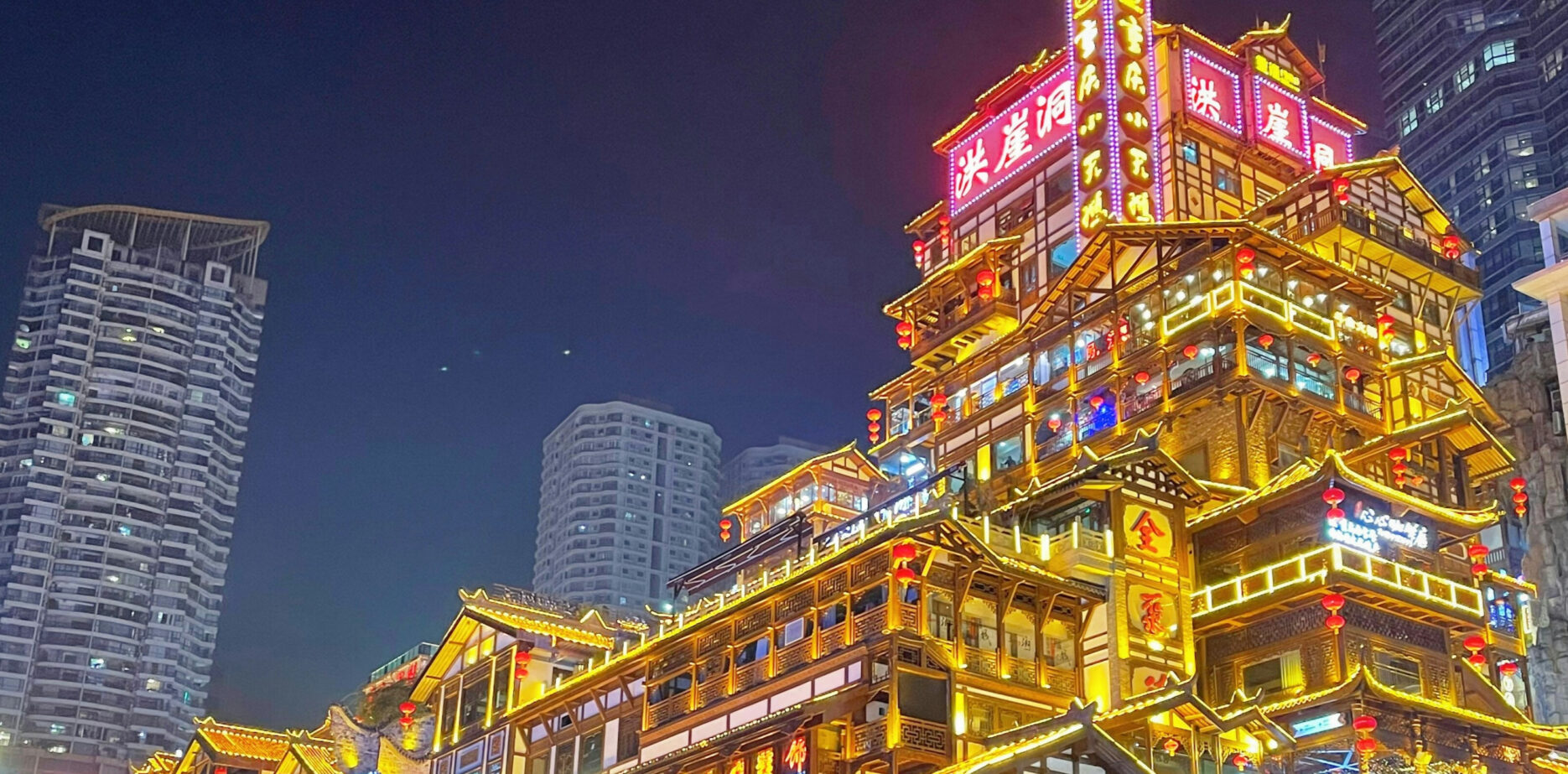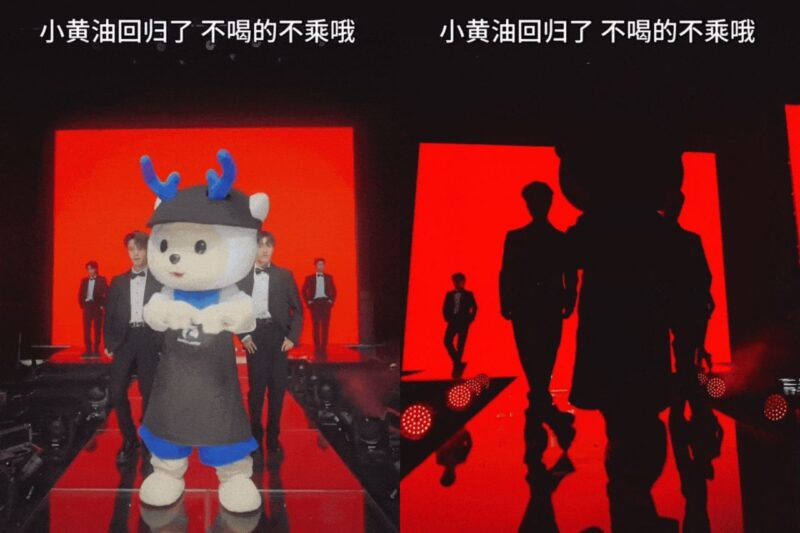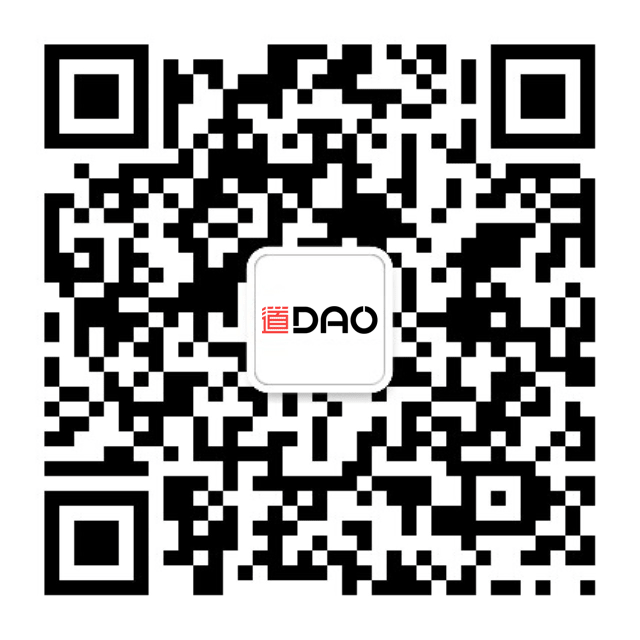Earlier this year, the Global Soft Power Index 2025 ranked China number two in their assessment of the world’s soft power leaders – second only to the United States, placing ahead of the UK for the first time. Traditionally China has struggled with soft power. The country’s name conjured images of low-end factory goods and smog-choked cities. Kung fu and chow mein were about the only widely recognisable cultural exports. But over the past eighteen months things have changed. Soft Power Index ranking or no, it’s hard to deny China’s soft power rise is upon us. These are the moments and brands behind the ascendancy.
China’s soft power rise: the moments
Labubu

Labubu (拉布布), the snaggle-toothed forest creature dreamed up by Hong Kong artist Kasing Lung and made famous by China’s Pop Mart (泡泡玛特), has become a white-hot soft-power export. What began as a vinyl toy craze has turned into a global aesthetic – equal parts creepy, cute and collectable.
Fans from Seoul to Paris queue for blind boxes, while resale prices soar online. More than merchandise, Labubu represents a shift in perception: Chinese design no longer imitates global trends – it creates them. By exporting a home-grown pop icon with genuine emotional pull, Pop Mart has shown that cultural influence can flow east to west.
Black Myth: Wukong
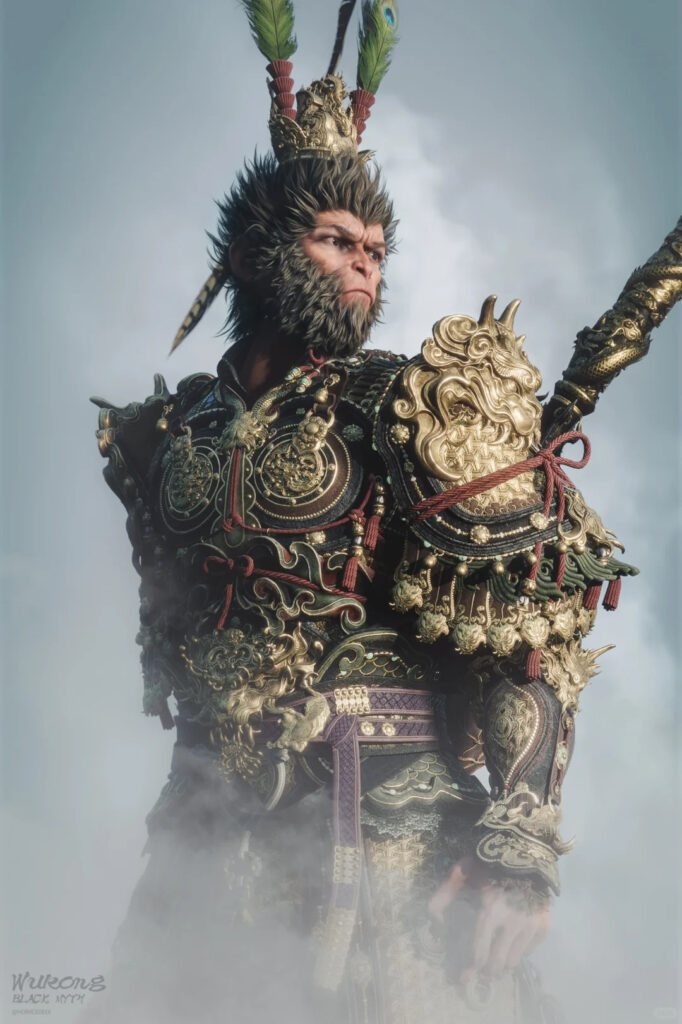
The same is true of Black Myth: Wukong (黑神话: 悟空), the release that put China’s big-budget video game industry on the map. Players from around the world found much to love about the title’s cinematic fights, poetic landscapes and folkloric detail.
The appreciation signified a shift in the eyes of players: one that frames China as a country that can produce great entertainment, and entertainment accessible to all. But perhaps most importantly, the game is unapologetically Chinese. It’s based on a great work of Chinese literature. It doesn’t water down its aesthetic for foreign markets. It takes pride in itself as work of – you could argue – art. Few moments have showcased China’s creative self-assurance as vividly as this.
Innovation and influence

This year’s World Artificial Intelligence Conference in Shanghai saw Chinese robots kickboxing, racing and generally blowing minds. DeepSeek’s undercutting of western GPT models had a similar effect and it isn’t limited to AI.
The innovation taking place in Chinese business has seen an explosion of brands out of the Middle Kingdom. Heytea and Chagee are now regular sights abroad. Chinese luxury brands like Songmont and Judydoll are now influencing taste in foreign markets, not following it. The message is clear: China’s innovation isn’t catching up anymore, it’s setting the pace.
The Rednote Migration
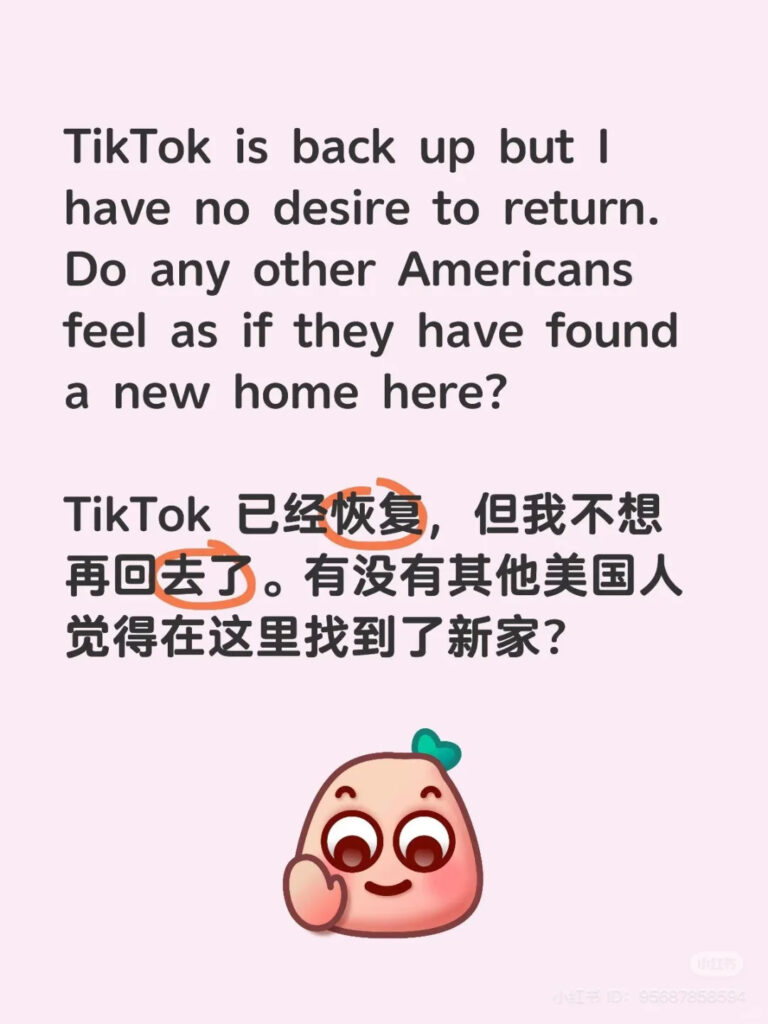
When TikTok’s (抖音) future in the U.S. was thrown into doubt, millions of users crossed the digital border to Rednote (小红书). What they found wasn’t propaganda, it was people: Neon-dripped street scenes in Chongqing, cafe culture in Beijing, couples posing with milk tea.
For many western users, it was a first unfiltered glimpse of everyday China. And importantly, a relatable one. The migration became an accidental act of soft power. Casual posts and human stories reshaped perceptions. China, it turned out, wasn’t a distant regime – it was a scrollable, familiar world that shares much in common with one westerners would recognise as home.
IShowSpeed’s China trip

When American streamer IShowSpeed landed in China, few expected it to become a soft power moment. But Speed’s wide-eyed livestreams from Chengdu’s street-snack stands to Beijing’s basketball courts made China feel real, funny, and alive. Speed’s unfiltered enthusiasm drew millions of global viewers, flipping stereotypes into scenes of warmth and curiosity. He wasn’t guided by state media or brand deals, just genuine fascination. Much like the Rednote migration, these candid moments presented a country that looked nothing like the headlines.
China’s soft power rise: a new kind of influence
You could add to this article the overseas rise in popularity of Chinese online literature, the success of Ne Zha 2 (哪吒之魔童闹海), and numerous other cases. The common thread here is a largely organic change in perception. No longer is China the factory of the world. It’s a rising cultural powerhouse. To match the likes of America however, China will have to do a lot more. It’s clear that one of the hallmarks of a strong soft power nation is there though: self-confidence, and a healthy dose of interest from the outside world.




